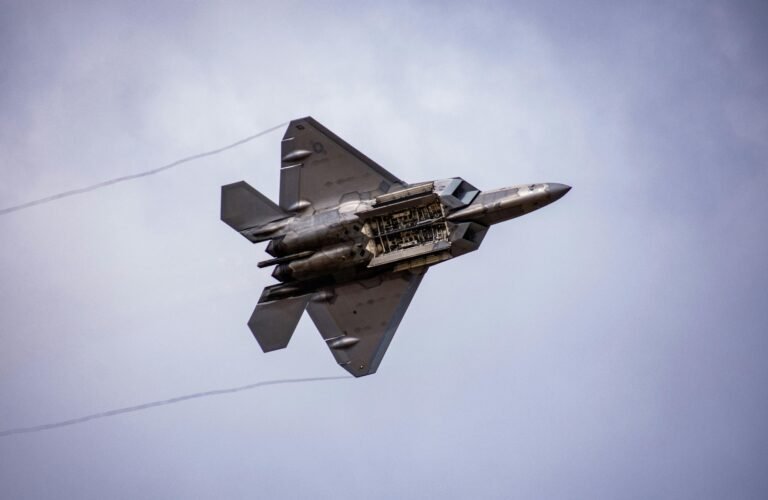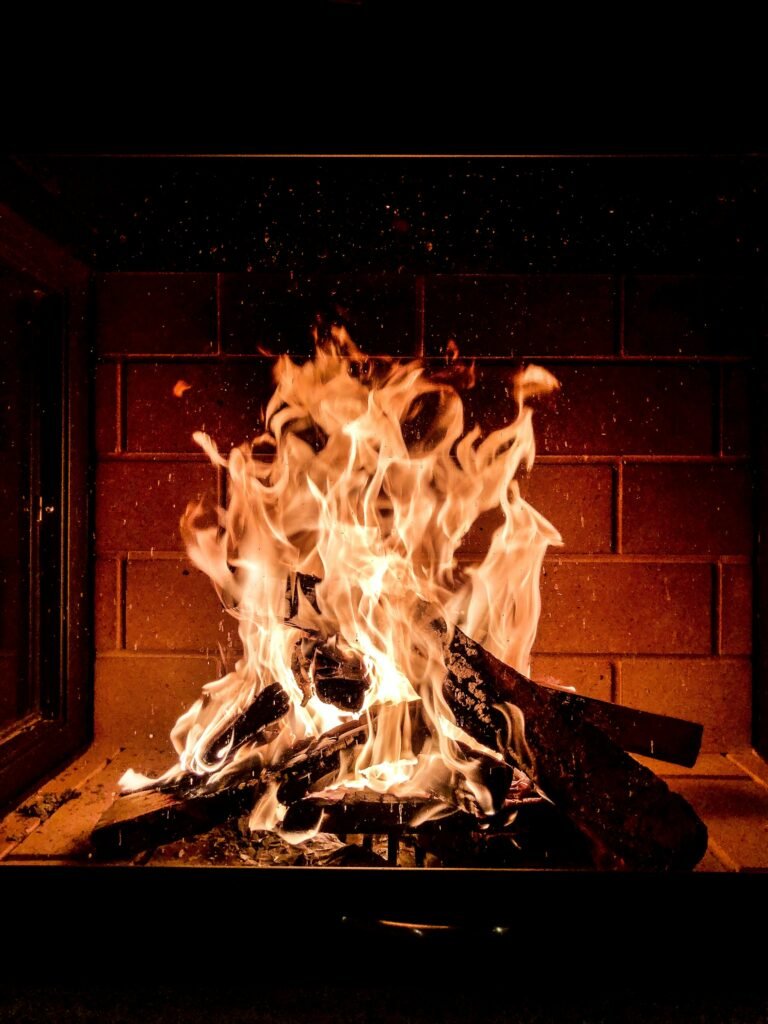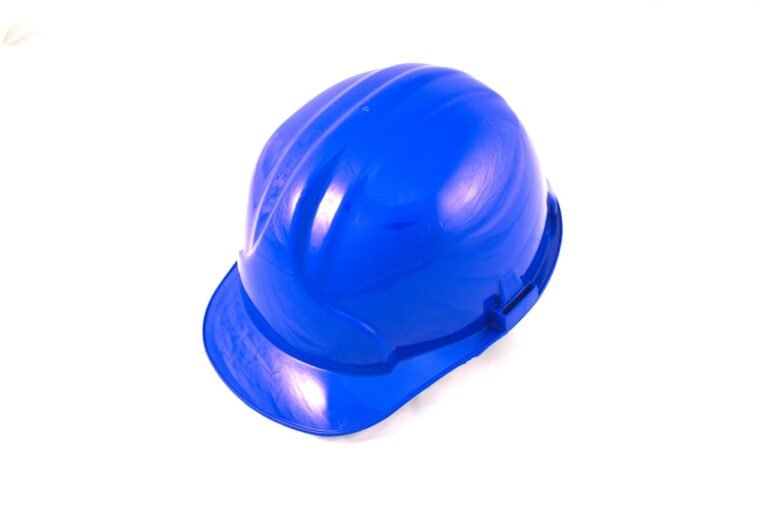Imagine cozy winter evenings spent curled up by the fireplace, the crackling of the wood and the warm glow creating the perfect ambiance. While fireplaces provide comfort and warmth, it’s crucial to prioritize safety, especially when there are little ones around. In this article, we will explore valuable tips and guidelines that ensure fireplace safety for all ages. From preventative measures to childproofing techniques, you’ll gain the knowledge needed to enjoy the warmth while keeping your loved ones safe. So, sit back, relax, and let’s embark on a journey to a safer and cozier home.
Choosing the Right Fireplace
When it comes to choosing the perfect fireplace for your home, there are a few factors to consider. First and foremost, you’ll want to think about the type of fireplace that best suits your needs. There are several options to choose from, including wood-burning, gas, electric, and even ethanol fireplaces. Each type has its own set of pros and cons, so it’s important to do your research and weigh the options before making a decision.
In addition to considering the type of fireplace, it’s crucial to evaluate the safety features that come with it. Look for fireplaces that have safety screens or doors to prevent sparks from flying out and potentially causing harm. Some models also come with thermostats and timers, allowing you to control the temperature and prevent overheating. Safety features such as these can provide peace of mind and help ensure a safe and enjoyable experience.
When purchasing a fireplace, be sure to check for certifications. Look for products that have been tested and approved by reputable organizations such as the Underwriters Laboratories (UL) or the Canadian Standards Association (CSA). These certifications are a mark of quality and indicate that the fireplace meets important safety standards. By choosing a certified fireplace, you can feel confident that you’re making a safe and informed choice for your home.
Lastly, proper installation is paramount when it comes to fireplace safety. Improper installation can lead to a variety of issues, including ventilation problems, fire hazards, and even carbon monoxide poisoning. To ensure a safe installation, it’s best to hire a professional. Certified technicians have the knowledge and expertise necessary to properly install your fireplace and ensure that it’s operating safely and efficiently.
Maintaining the Fireplace
Once you’ve chosen and installed the perfect fireplace for your home, it’s important to properly maintain it to ensure its longevity and safety. Regular chimney inspections are a crucial part of fireplace maintenance. Over time, creosote and debris can build up in the chimney, increasing the risk of chimney fires. By having your chimney inspected by a professional at least once a year, you can identify and address any potential issues before they become major problems.
Professional cleaning is also essential for fireplace maintenance. Cleaning the flue and removing soot buildup is not only important for the efficiency of your fireplace but also for preventing chimney fires. A professional chimney sweep will have the proper tools and knowledge to thoroughly clean your fireplace and chimney, keeping them in optimal condition.
Clearing obstructions is another important aspect of fireplace maintenance. Keep an eye out for any debris, such as leaves or animal nests, that may block the flue or chimney. Obstructions can prevent proper ventilation and increase the risk of carbon monoxide poisoning. Regularly inspecting and clearing any obstructions will help ensure the safe operation of your fireplace.
Proper storage of firewood is often overlooked but is crucial for fireplace maintenance. Wood that is improperly stored can attract pests, become damp, and even rot. Make sure to store firewood in a dry and well-ventilated area, away from your home. It’s also important to consider the type of wood you’re using. Dry hardwoods, such as oak or maple, burn best and produce less creosote.

This image is property of images.pexels.com.
Fire Safety Precautions
When it comes to fireplace safety, it’s important to take additional precautions to protect yourself, your loved ones, and your home. Keeping a working fire extinguisher nearby is crucial in case of a fire emergency. Make sure everyone in the household knows how to use the fire extinguisher properly. Additionally, check the expiration date on your fire extinguisher regularly to ensure its effectiveness.
Installing and testing smoke detectors throughout your home is another important fire safety precaution. Smoke detectors can alert you to potential fire hazards, giving you valuable time to evacuate and seek help. It’s recommended to install smoke detectors on every level of your home, including inside and outside of bedrooms. Regularly test the batteries and replace them as needed to ensure your smoke detectors are functioning properly.
Creating a fire escape plan is essential for the safety of everyone in your household. Your plan should include multiple escape routes from each room, and a designated meeting place outside. Practice your fire escape plan regularly with your family to ensure everyone knows what to do in the event of a fire. Being prepared and familiar with your escape plan can make all the difference in an emergency situation.
It’s important to educate children about fire safety from a young age. Teach them the dangers of fire and explain the importance of following safety rules. Establish clear boundaries and rules around the fireplace, such as not touching the glass or playing too close to the flames. Always supervise children around the fireplace and teach them proper fire safety behavior, such as not throwing anything into the fire or using it as a source of heat without adult supervision.
Fireplace Accessories
To enhance both the safety and enjoyment of your fireplace, consider investing in a few essential accessories. Using a fireplace screen or gate is important for preventing sparks and embers from escaping and potentially causing harm. A screen or gate acts as a protective barrier, keeping children and pets at a safe distance from the flames. Make sure the screen or gate is properly installed and secure.
Fireplace gloves are another valuable accessory to have. These heat-resistant gloves allow you to safely handle hot objects such as logs or fireplace tools. By protecting your hands from burns, fireplace gloves make it easier and safer to tend to the fire.
Using fireplace tools is not only convenient but also safer than using makeshift tools. A fireplace toolset typically includes a poker, shovel, tongs, and brush, all designed to assist with maintaining the fire and cleaning the hearth. Having these tools on hand allows you to adjust logs, remove ashes, and clean up debris without risking burns or injury.
Investing in a carbon monoxide (CO) detector is an important safety measure for any home with a fireplace. CO is a deadly gas that is odorless and colorless, making it impossible to detect without a specialized device. A CO detector will alert you if dangerous levels of this gas are present, allowing you to evacuate and seek help before it’s too late.
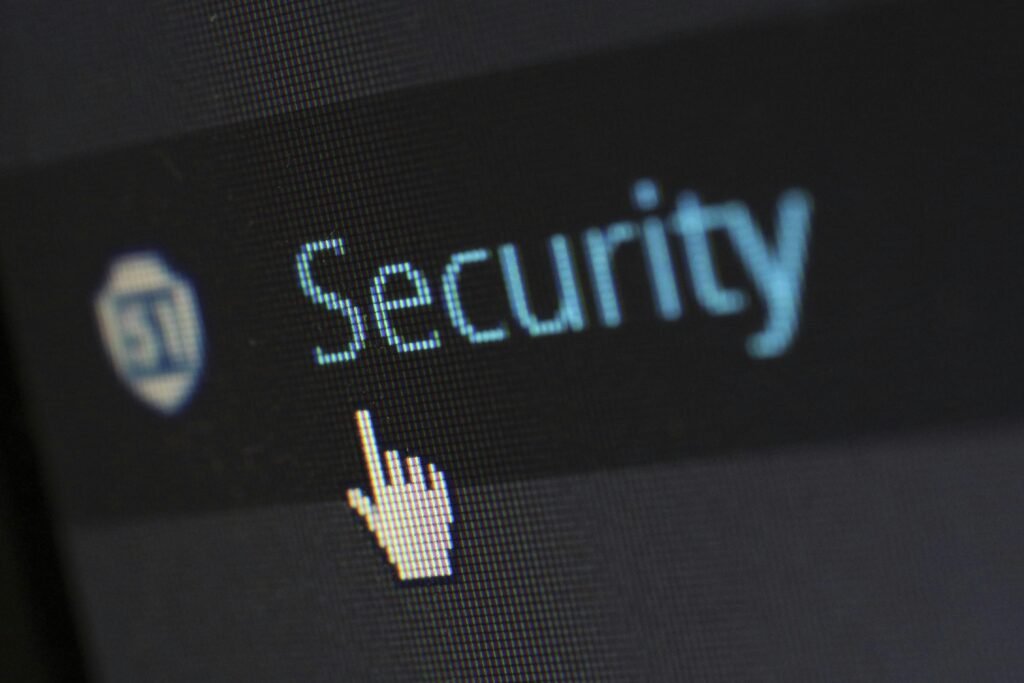
This image is property of images.pexels.com.
Safe Operation Practices
Proper operation of your fireplace is key to maintaining a safe and enjoyable environment. When using the fireplace, always supervise children and pets closely. Keep a safe distance between them and the fire, and never leave them unattended. Pets, in particular, may be curious and unknowingly put themselves in danger if left unsupervised.
Keep flammable items such as curtains, furniture, and decorations a safe distance away from the fireplace. Sparks or embers can easily ignite these materials, leading to a potentially dangerous situation. It’s also important to avoid placing any flammable liquids or substances near the fireplace. Always use caution and keep the surroundings clear of anything that could catch fire.
Never leave the fireplace unattended, even for a short amount of time. This is especially important when children or pets are around. It only takes a moment for a fire to escalate, and a small flame can quickly become uncontrollable. By always being present and vigilant, you can ensure the safety of your home and loved ones.
When starting a fire, it’s important to use proper fire-starting methods. Avoid using flammable liquids such as gasoline or lighter fluid, as these can cause an uncontrollable blaze. Instead, use newspaper, kindling, or fire-starting sticks to ignite the fire. Always follow the manufacturer’s instructions for lighting the fire safely and efficiently.
Handling Ashes and Embers
After enjoying a cozy fire, it’s crucial to handle ashes and embers safely. Allow ashes to cool completely before removing them from the fireplace. Hot ashes can easily ignite combustible materials and cause a fire. Give the ashes ample time to cool down, typically 24 to 48 hours, before attempting to dispose of them.
When disposing of ashes, always use a metal container specifically designed for ash disposal. Avoid using plastic or cardboard containers, as these can melt or catch fire from the heat of the ashes. Place the metal container on a non-combustible surface, such as concrete or brick, to further minimize the risk of fire.
It’s important to note that hot ashes should never be vacuumed. The heat can potentially damage your vacuum cleaner or even cause a fire. Instead, use a shovel or tongs to carefully transfer the ashes to the metal container. Be cautious and wear fireplace gloves to prevent burns.
Dispose of ashes outdoors, away from any flammable materials. Never dispose of ashes in plastic bags, as they can melt and potentially ignite. Make sure the ashes are completely extinguished before leaving them unattended. Double-check that there are no hot embers or sparks remaining, as these can easily start a fire.
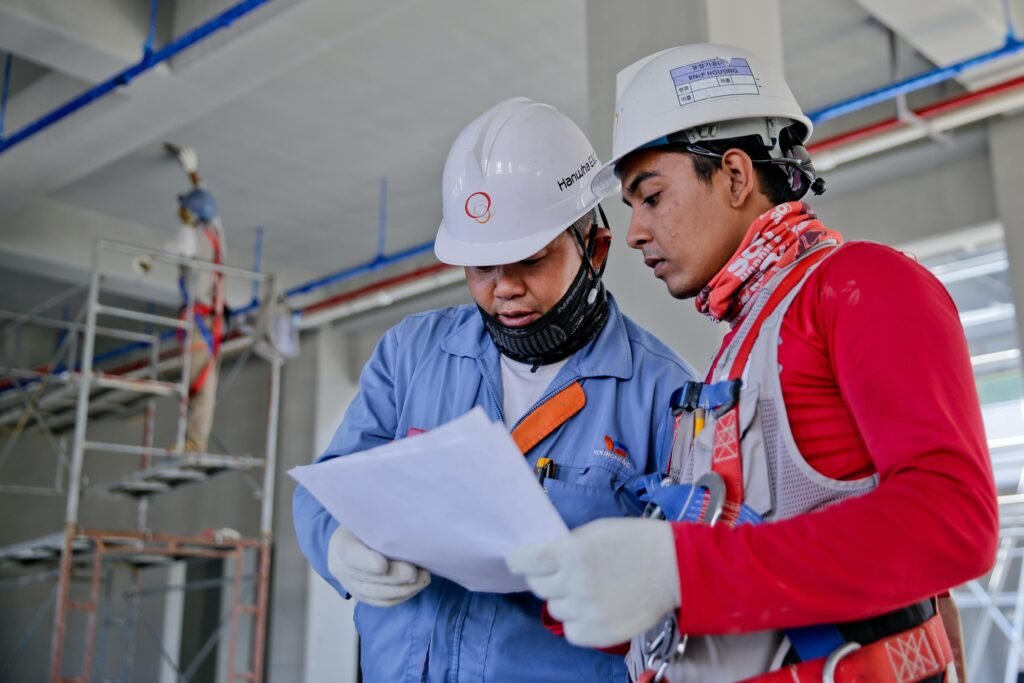
This image is property of images.pexels.com.
Educating Children about Fireplace Safety
Teaching children about fireplace safety is an essential part of keeping them safe. Start by explaining the dangers of fire in a way that is age-appropriate and easy for them to understand. Emphasize that fire can be both beautiful and dangerous, and it should always be treated with respect.
Establish clear boundaries and rules around the fireplace. Teach children to never touch the glass or the surrounding area, as it can become extremely hot and cause burns. It’s also important to explain that only adults should add wood or adjust the fire, and that children should never throw anything into the fire.
Supervision is key when children are around the fireplace. Always keep a watchful eye on them to prevent accidents or injuries. This is especially important for young children who may not fully understand the risks associated with fire.
Demonstrate proper fire safety behavior to children. Show them how to safely start a fire using appropriate fire-starting methods, and explain the importance of using fireplace tools and accessories. By actively involving them in safe practices, they will be more likely to adopt these habits themselves.
Emergency Procedures
Being prepared for emergencies is crucial for the safety of your home and family. Different types of fires require different methods of extinguishment, so it’s important to know how to handle each situation. Educate yourself about the types of fires and the appropriate ways to extinguish them. For example, water should not be used on grease fires as it can cause the fire to spread.
In the event of a fire emergency that you cannot control, call emergency services immediately. Time is of the essence in fire situations, and professional help should be sought as soon as possible. Provide clear and accurate information to the emergency operator, and follow their instructions until help arrives.
Knowing CPR and basic first aid can be lifesaving in emergency situations. Consider taking a first aid course to learn essential skills such as CPR, bandaging wounds, and treating burns. These skills can make a significant difference in the outcome of an emergency situation.
Being prepared for different emergencies is important. Make sure your home is equipped with a fire extinguisher, a first aid kit, and an emergency evacuation plan. Practice your evacuation plan regularly with your family to ensure everyone knows what to do in case of an emergency. Stay informed about emergency procedures specific to your region, such as severe weather or natural disasters.
Keeping the Area Clean
Maintaining a clean fireplace and its surrounding area is not only aesthetically pleasing but also crucial for safety. Remove any flammable objects from the vicinity of the fireplace. Avoid placing furniture, rugs, drapes, or other combustible materials too close to the flames. Keep a safe distance to minimize the risk of accidental contact or ignition.
Regularly clean ashes and debris from the fireplace. Excess buildup of ashes can restrict airflow and increase the risk of chimney fires. Use a fireplace shovel or brush to carefully collect and dispose of the ashes into a metal container. Make sure to follow the proper ash disposal guidelines mentioned earlier.
Vacuum or sweep the area around the fireplace regularly to prevent the accumulation of dust and debris. Use caution when vacuuming near the fireplace, as hot embers can potentially damage the vacuum cleaner or cause a fire. It’s best to use a fireplace shovel or brush to clear the area before vacuuming.
Maintain a clutter-free zone around the fireplace. Avoid stacking wood or other items in close proximity to the flames. Clear any decorative objects or other obstructions that could potentially fall into the fire or cause a hazard. A clutter-free area ensures a safe and enjoyable fireplace experience for everyone.
Knowing When to Seek Professional Help
Even with proper maintenance and care, fireplaces and chimneys may develop issues over time. It’s important to be aware of the warning signs and take prompt action when necessary. If you notice any signs of chimney or fireplace damage, such as cracks, loose bricks, or unusual odors, it’s crucial to contact certified professionals for repairs.
Certified professionals who specialize in fireplace maintenance and repairs have the expertise to identify and address issues effectively. They can conduct thorough inspections, perform necessary repairs, and ensure that your fireplace is operating safely. Don’t attempt to fix any major issues yourself, as this can be dangerous and can potentially worsen the problem.
When in doubt, always consult experts for advice or maintenance. These professionals can provide guidance on proper fireplace maintenance, usage, and safety. They can offer valuable insights and recommendations tailored to your specific needs and ensure that you’re prioritizing safety over DIY solutions.
By following these comprehensive fireplace safety guidelines, you can enjoy the warmth and beauty of a fire in your home while ensuring the safety of your loved ones and property. Remember, fireplace safety is a responsibility for everyone, and by educating yourself and practicing safe habits, you can create a secure and enjoyable environment for all ages.


